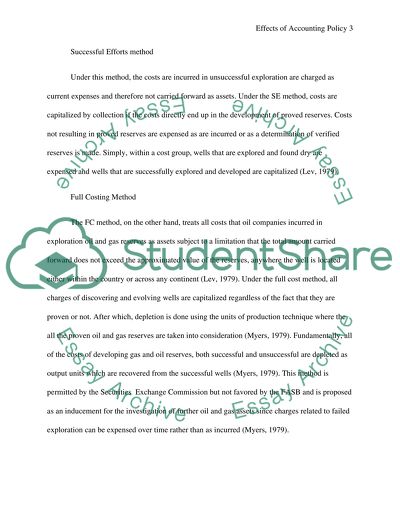Cite this document
(“If accounting policies only determine how past transactions are Essay - 1”, n.d.)
If accounting policies only determine how past transactions are Essay - 1. Retrieved from https://studentshare.org/finance-accounting/1496265-if-accounting-policies-only-determine-how-past
If accounting policies only determine how past transactions are Essay - 1. Retrieved from https://studentshare.org/finance-accounting/1496265-if-accounting-policies-only-determine-how-past
(If Accounting Policies Only Determine How past Transactions Are Essay - 1)
If Accounting Policies Only Determine How past Transactions Are Essay - 1. https://studentshare.org/finance-accounting/1496265-if-accounting-policies-only-determine-how-past.
If Accounting Policies Only Determine How past Transactions Are Essay - 1. https://studentshare.org/finance-accounting/1496265-if-accounting-policies-only-determine-how-past.
“If Accounting Policies Only Determine How past Transactions Are Essay - 1”, n.d. https://studentshare.org/finance-accounting/1496265-if-accounting-policies-only-determine-how-past.


